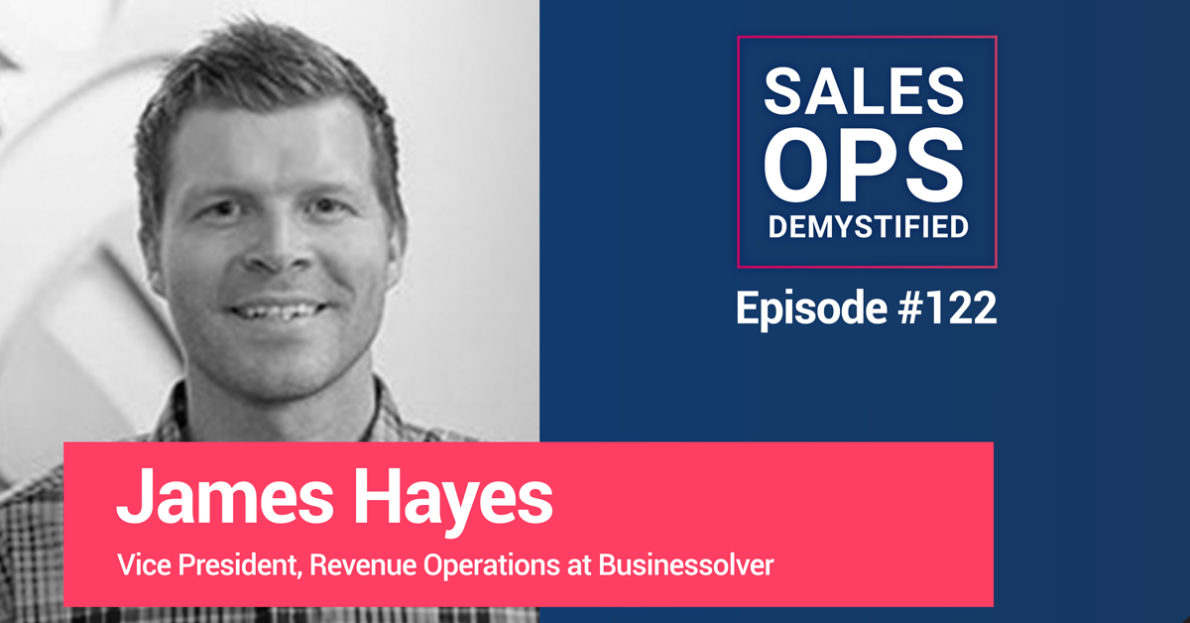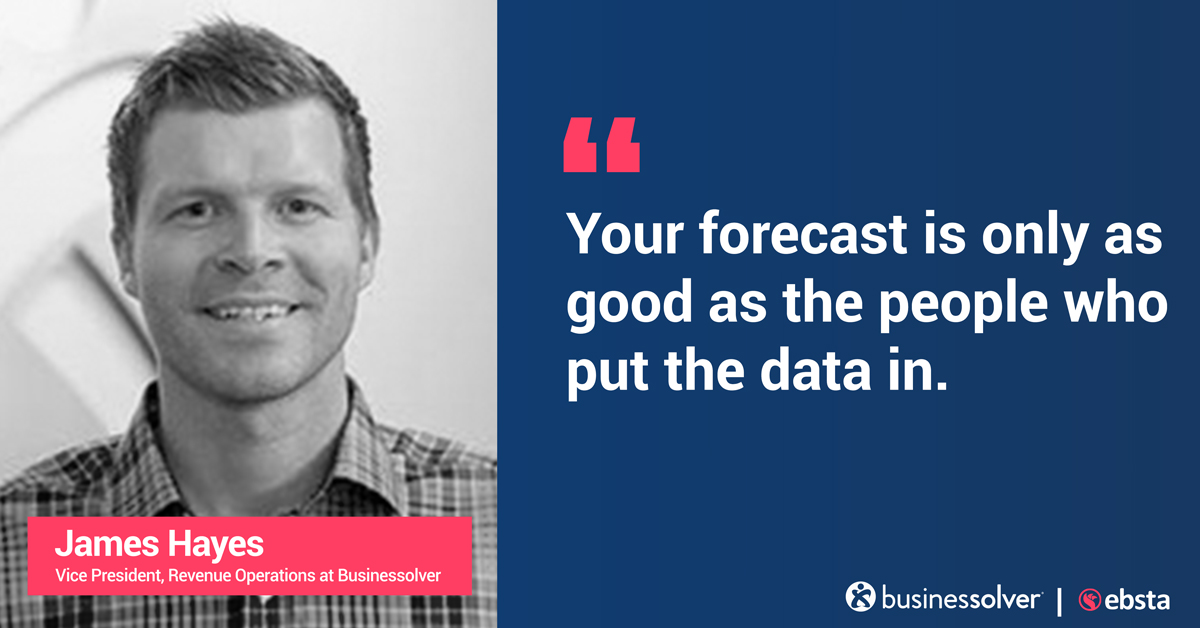Table of Contents
Share this article
Learn from the brightest minds how to predictably and efficiently grow revenue.
Related Content
The Data-Driven Sales Turnaround: 37% Growth in Under 12 Months ft. Shianne Sampson
In this episode of Revenue Insights, host Guy Rubin, CEO of Ebsta, sits down with Shianne Sampson, Global Vice President of Sales at Eventbrite, to explore how data-driven decision making, structured coaching, and intentional leadership can turn underperforming sales teams into high-performing engines of growth. With over 18 years of experience scaling sales organizations at…
Why Top Sales Leaders Get Coaching Wrong – And How an Olympian Fixes It with Matt Hemingway
In this episode of Revenue Insights, host Guy Rubin, CEO of Ebsta, sits down with Matt Hemingway, Vice President of Sales and Operations at Axcient, to explore how disciplined coaching, intentional leadership, and a culture-first mindset drive sustainable sales performance. Drawing on his background as an Olympic silver medalist, Matt shares how the mindset of…
How Top Performers Handle Objections 80% Earlier, with Hervé Timsit from EDB
In this episode of Revenue Insights, host Guy Rubin, CEO of Ebsta, sits down with Hervé Timsit, Chief Revenue Officer at EDB, to explore objection handling and the evolving landscape of enterprise software sales. With over 17 years of experience, Hervé shares insights on leading global sales teams, implementing data-driven strategies, and the critical role…

Vice President, Revenue Operations: James Hayes of Businessolver
James Hayes, Vice President, Revenue Operations of Businessolver jumped onto the Sales Operations Demystified Podcast to share his experience and journey into sales operations. Check out all the other episodes of Sales Operations Demystified here.
To learn more about James Bladich & Software AG Government Solutions:
Table of Contents
Tools Mentioned:
Key Takeaways
James’s road into sales ops and rev ops
James has had a rather interesting journey into the world of rev ops. In the past 7 years, he has gone through several different roles at companies and has progressed as a team leader. His journey’s beginning can be traced back to the time when he had an analytical job at a large bank. At that time, he slowly transitioned into sales operations because he wanted to do more. The current field of work was not feasible and didn’t feel right. “It just wasn’t working for me” said James, describing his previous field of work.
Thus, James moved to a pre-IPO startup company and led a small team in sales operations there. This is where James got his break into sales ops. The step after that was to get in charge of revenue ops. This is a step that took its time coming to James. After a few years, his transition to rev ops arrived but it wasn’t a proper transition of sorts. It was more of a necessity in the startup at that time. James’s sales ops team was doing well but there was now need to have someone who can have a more holistic view regarding all revenue sources. The group was expanding, more teams were being added on and additional products were to be released. At a time like this, James became the VP Revenue Operations and took the helm.
The evolution of James’s job as a leader as the pandemic hit
As coronavirus hit, businesses had to close down all physical interactions and either go remote or find any other way of function. These circumstances, of course, presented a major change for many team leaders. New collaboration techniques, new schedules and most importantly, an entirely new communication platform. A sizeable chunk of James’s team was actually remote to begin with. This then lowered severity of the changes that they had to made. It is important to note however that office work was still very important to James which is why the team did have to adapt to the pandemic.
The biggest problem they faced was surrounding project collaborations. Before the pandemic, anyone could walk over to someone and collaborate with them. Now that everyone is far apart, it is important to schedule collaboration meetings so that the team can work together cohesively. James also mentioned how easy it was to just walk over another desk to discuss things in the project. A luxury which is not available because of the pandemic.
Changes James has had to make to deal with the pandemic
Apart from all the major changes mentioned above, James believes that his work has been fairly easy in terms of making extra changes and taking action. Of course, having a very remote group to begin with did help a lot in the transition. The team had already found what worked and what didn’t. What James did do was conduct a few analyses on the impact COVID has had on the team which may prove fruitful in the long run. Marketing material was another aspect of the company to be changed. The previous marketing campaign just could not have worked in a world so virtual. The sales process has been tweaked too to accommodate the clients and to make the entire process seamless – or as seamless as it can be in a pandemic.
James’s point of view on forecasting
Forecasting is a very welcome part of the job for James. He loves forecasting. The team has a complex forecasting method in place too, something that clearly helps them focus on what is important. They have a “scoring methodology”. They analyze the data by scoring everything. Things like how far down the pipeline is the project, how much time there was between the stages, who is handling the contact within the deal etcetera. They then use the score of the analyzed data to forecast the upcoming quarter. What provides their forecasting team an edge, however, is that many people who do the forecasting actually take part in these sales. So they understand the technicalities of these deals which allows them to call out erroneous data instantly and, in turn, makes them produce more detailed and accurate forecasts.
#1 sales metric: Time-based scoring system
James admits that throughout his time in different companies, the Key Performance Indicator has often changed. At Businessolver, James uses a couple of different KPI to track his team’s performance. While the basics like quota achievement and meeting set is obviously very important. However, James’s #1 key metric at Businessolver is multi-layered scoring system. This is a metric based on 7 milestones that track every consultant in James’s team. Every milestone is a point in time where the consultant’s market engagement is given a score and the score is then recorded. This score then provides a trend that can be used to check how well a consultant is doing in his/her territory.
James’s biggest influence:
Ps: I am not sure who these individuals are which is why I linked the ones who I thought were the most accurate here
- Jeff Coleman – Vice President of Sales, Connected Reporting at Workiva
- Matthew Null – SVP Revenue Operations at Businessolver
- Dave Moore – Operating Vice President at Accel-KKR

